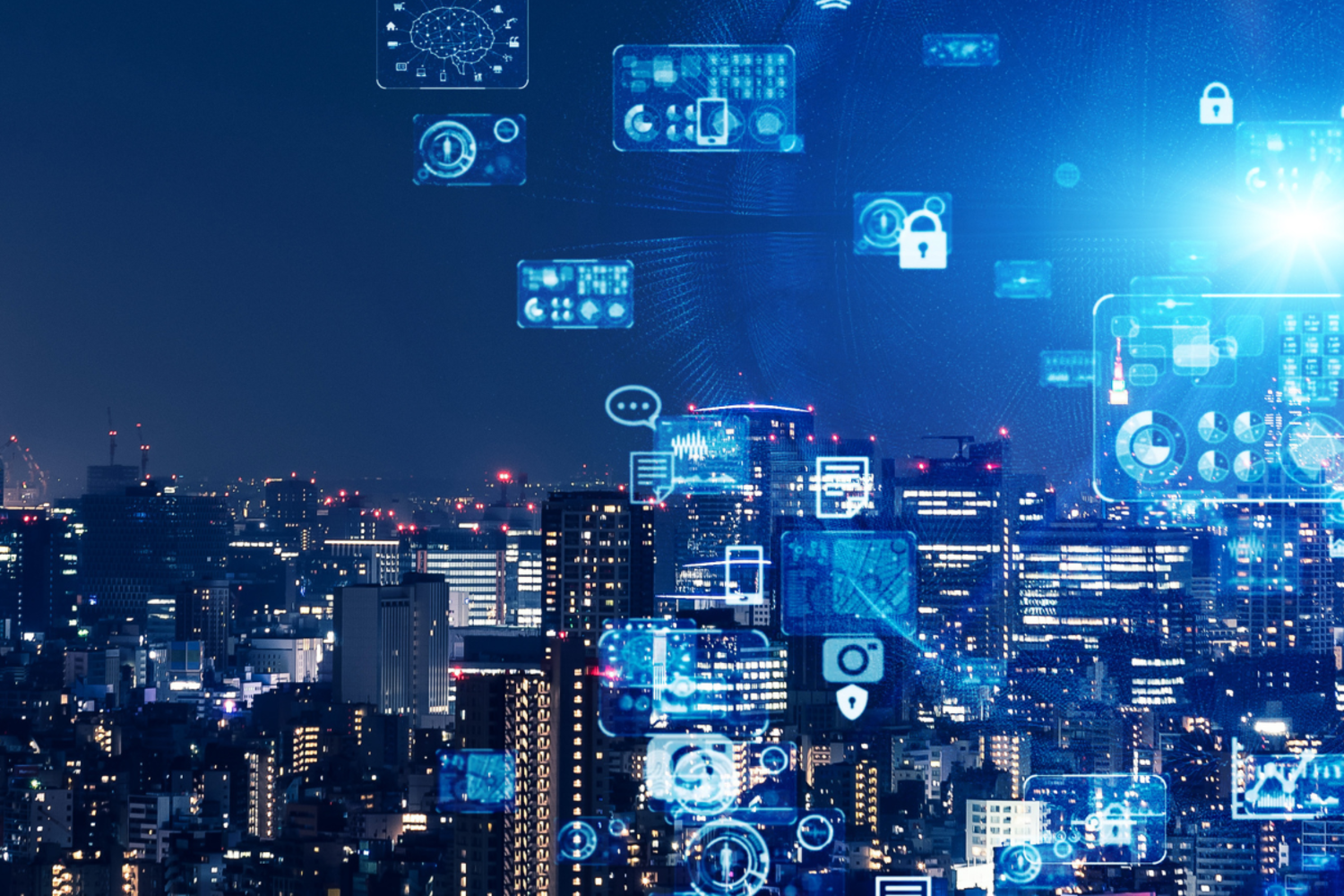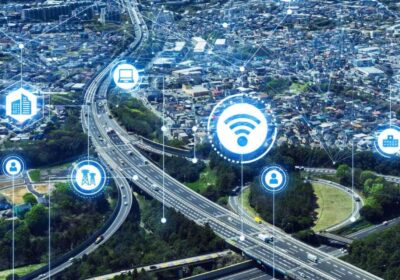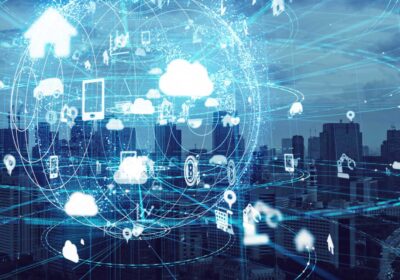IoT Platform Future-Proofs a City

Future-Proofing the Smart Grid
Case Study: Electric Utility for Large Metropolitan City
Are you looking to improve your customer experience and future-proof your business? Of course. Do you want to reduce power outages, improve response times, and integrate distributed energy sources? Definitely. We can help you reach these goals and future-proof your smart grid.
At E2E by Ceragon, our customers like our focus on end to end solutions for their smart grids. One of those customers is a worldwide leader in electricity and natural gas that supplies energy to more than 20 million people.
By investing in our monitoring, control, and automation solutions, our customer future-proofed its operations. Here’s how.
The Key Challenges
- Modernize an aging system where customers reported outages
- During a crisis or extreme weather, restore critical services faster to essential services and emergency first-responders
- Streamline equipment and personnel dispatch
- Improve the stability of the network
- Future-proof the network for the adoption of renewable and distributed energy sources
Our Solutions & Services
- Multi-year Proof of Concept implementation city-wide in a large metropolitan area
- Implemented a Smart-Grid Project including advanced metering and distribution
- Deployed NMS monitoring software utilizing a SaaS/Cloud-based solution
- Provided strict security, redundancy, and high availability specifications
- Supported a large ecosystem of communication devices including private cellular network (Verizon), private unlicensed microwave backhaul, and unlicensed 900ISM devices
- Deployed approximately 250 Orbit cellular or cell+900ISM devices, several dozen GE Multilin Switch Controllers, and Intrepid PtP and PtMP backhaul
The Project Highlights
- New smart data insights allow for better planning for future growth
- Improved network performance and availability, with lower management costs
- The support team is notified of problems before customers call
- Ability to identify outage problems before equipment and personnel are dispatched
- Fewer truck rolls, leading to time and money saved
- Better detection of energy theft or loss
- Improved planning for supply and demand






Leave a Reply